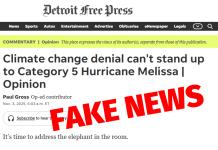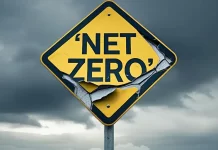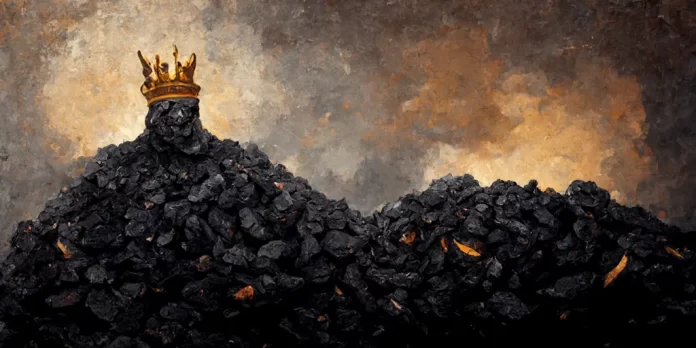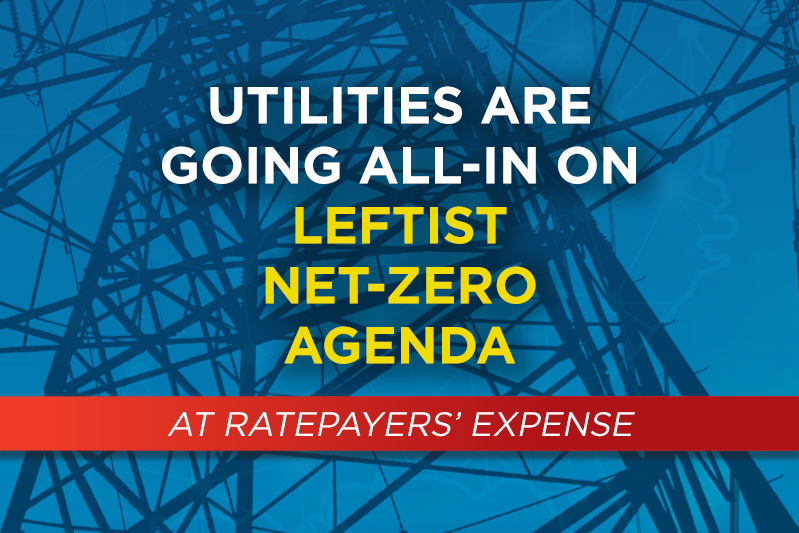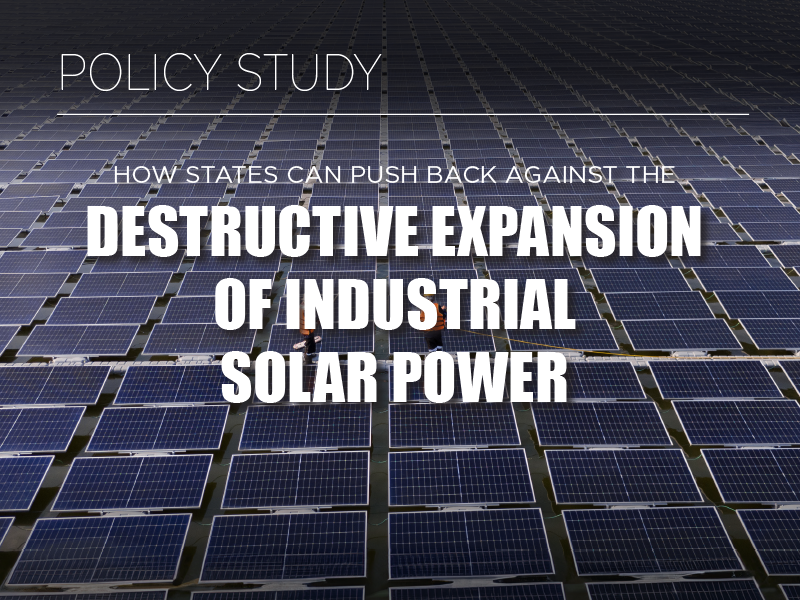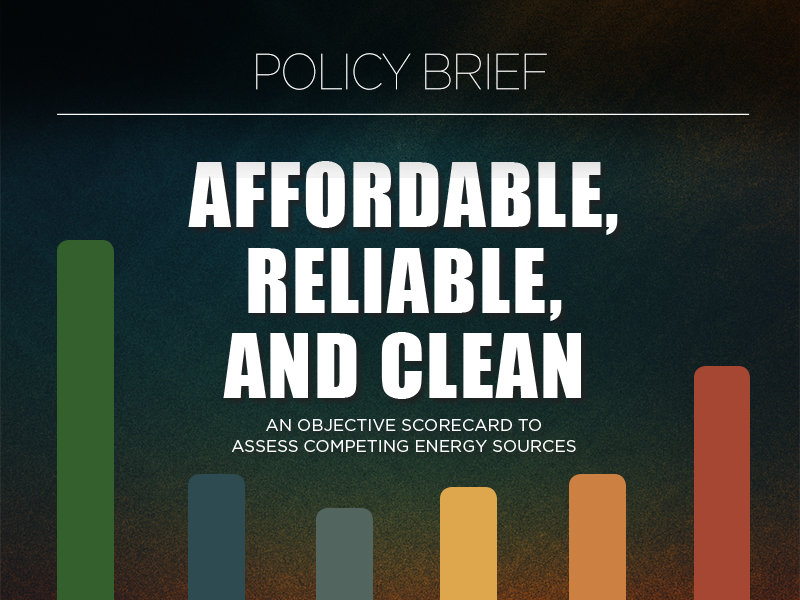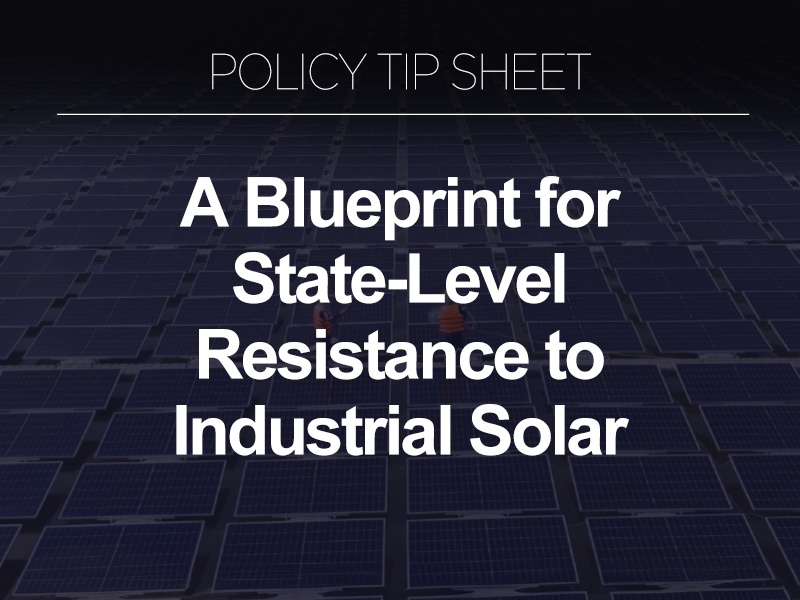Guest Post by Jim Constantopoulos
Shut down New Mexico’s last remaining coal plant (Four Corners Generating Station), environmentalists say, and replace it with renewable energy. But coal is a practical fuel, affordable and dependable. Being generically against coal is no more useful than being generically against electricity. Electricity demand is rapidly rising. Electric vehicles, new AI data centers, and a growing economy simply mean we need more power. And we need reliable power.
While new additions of electricity generation remain dominated by intermittent wind and solar power, keeping what we already have on the grid will be critically important to meeting our energy needs and doing so affordably. Across the country, electricity prices have risen faster than the pace of inflation over the past few years. If we tear down our existing sources of reliable power at the very moment electricity demand begins to soar, even higher prices will be an inevitability.
With everyone I’ve encountered who is really immersed in energy issues, the common view is that we need every available energy source, ranging from renewables and nuclear power to coal, just to keep the lights on. Frankly, we all tend to take the on-demand delivery of electricity for granted. We shouldn’t. In just the past month, power demand eclipsed available supply in Louisiana, forcing the grid operator there to institute rolling blackouts (“load shed”) for 100,000 customers on a 90-degree day.
For years, the nation’s grid reliability regulators have been warning of emerging problems. In fact, the nation’s grid reliability watchdog warned that more than half of the nation could face the threat of blackouts over the next decade if we don’t take corrective action to boost our supply of power. This summer, the PJM interconnection grid operator said Maryland is at elevated risk of supply shortages during periods of peak demand. It may be hard to grasp, but we’re staring down a power supply crisis years in the making. Now, the collision of rapidly rising power demand with the loss of the nation’s coal fleet is coming to a head.
We desperately need the coal plants we have left, and the Department of Energy (DOE) has recognized it. In fact, Secretary of Energy Chris Wright recently issued an emergency order to keep a coal-fired power plant in Michigan running through the summer to bolster the MISO grid, which stretches from Louisiana all the way up through Michigan and Wisconsin. That plant was being forced off the grid 15 years before the end of its life by anti-coal regulatory policy. DOE’s position is a simple one: we can’t afford to lose existing plants with so many states critically short of power. The looming threat of power shortages is altering the national perspective about coal. Instead of a problem to solve, our coal plants are a critically important reliability backstop that we need as a bridge to our energy future.
For the foreseeable future, new sources of power should come on the shoulders of these reliability bulwarks, not in place of them. Rotating blackouts, rising prices and missed economic opportunities for lack of power are wholly avoidable if we simply embrace the full suite of energy resources at our disposal. Recognizing the ongoing importance of our coal plants is just the place to begin.
Dr. Jim Constantopoulos is a Professor of Geology and the Director of the Miles Mineral Museum at Eastern New Mexico University.
Originally posted at RealClearEnergy.com, reposted with permission.




